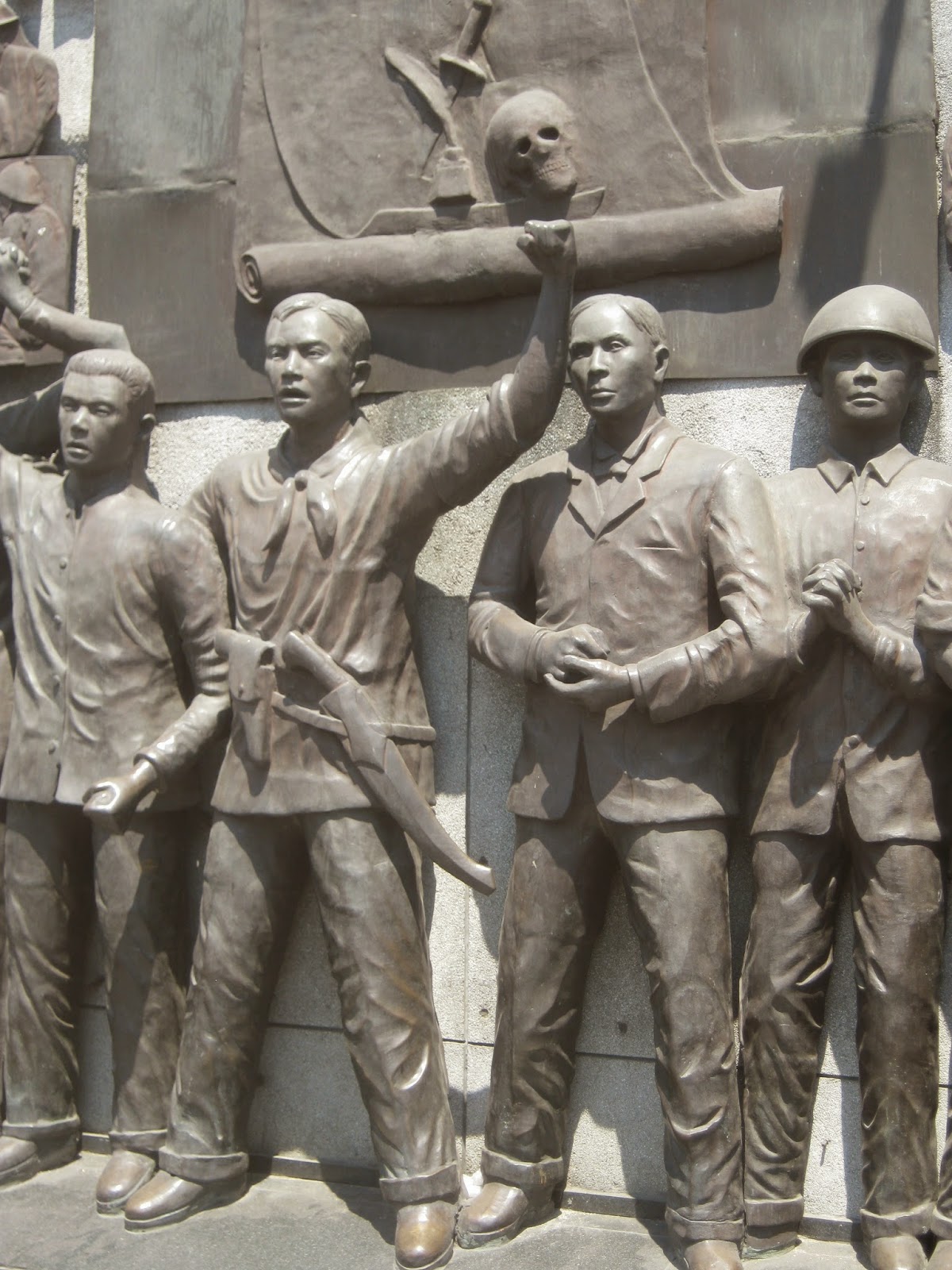Divisoria, the "Bargain Capital" of Manila. The crowd... wow! There will never be any dull moment in Divisoria.
Known to be the “Bargain District of Manila” Divisoria is almost a centralized market system. Each street caters a specialized market. For example, if you’re looking for textile for your t-shirt business, you go to Ylaya St., you need to buy fruits, you go to Santo Cristo, and so on. Today, there are also large building and malls – for those who don’t like the crowds, like Tutuban Mall, 168 and 999.
A little bit of history...
Divisoria started when the Chinese were not allowed to enter Intramuros by the Spanish authority. That means they cannot sell or do trade so, they made their own community in Binondo. It initially related to the territory of San Nicolas region, especially the zone close to the area's limit with Binondo, henceforth the name "divisoria" which implied division or limit. Yet, as Divisoria developed, the limits today are no longer clearly defined since it now included the southern tip of Tondo and the northwest zone of Binondo.
Tutuban came from the word “tuba” or coconut-based alcoholic drink. The place was once a farmland for growing coconut for making tuba, until Azcarraga st. was needed to give route for the development of a railroad as declared by the King of Spain Alfonso XII in 1875. Work would start a route line from Manila up north to Dagupan in Pangasinan which would be finished on November 24, 1892. Now, the former train station was converted into a mall – hence Tutuban Mall.
In Tutuban area (near the mall), you can find the statue of Andres Bonifacio – known as the Father of the Philippine Revolution. The Supremo was born in Tondo, Manila on November 30, 1863 and on the night of July 7, 1892, also in Tondo along Azcarraga St. (now Claro M. Recto Avenue) near Elcano St. in Tondo, Manila) where Bonifacio created the Katipunan.


























No comments:
Post a Comment